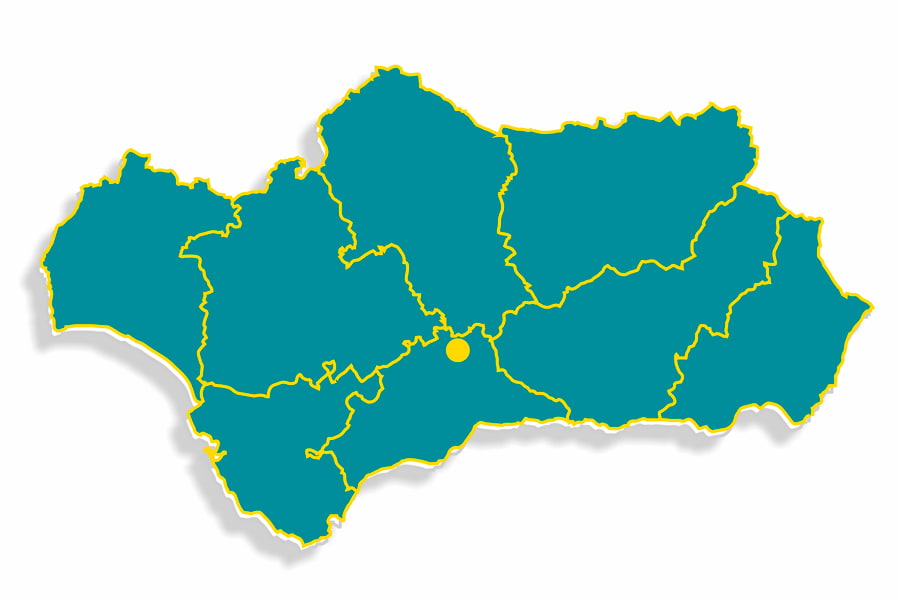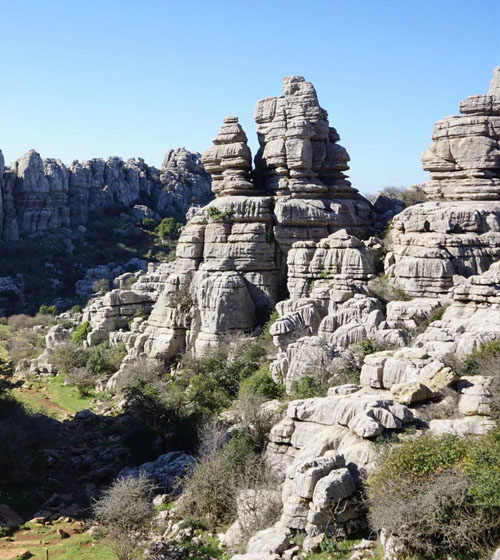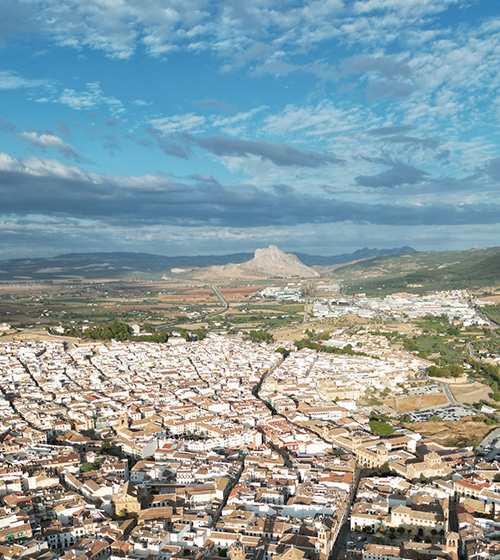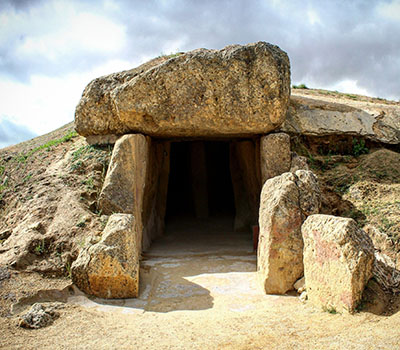Its magnificent monumental complex is the result of its uninterrupted history of more than 6,000 years, reflected in more than fifty outstanding buildings of civil and religious architecture dated between the Bronze Age and the twentieth century.
The Dolmens of Menga, Viera and El Romeral, the numerous Roman villas and vestiges with El Efebo as the maximum expression, the one known as Castle of Papabellotas, the Royal Collegiate Church of Santa María la Mayor, (first example of the Andalusian Renaissance), the Arch of the Giants (first known open-air museum), the church of El Carmen (example of the maximum expression of the Baroque), the numerous palatial houses or the remodeled Museum of the City of Antequera are some examples of this. But not only does Antequera have monumental but also natural attractions, with places as splendid as the fertile Vega, the Peña de los Enamorados, El Caminito del Rey or the surprising and sculptural limestone landscape of El Torcal.
All of them completed with unique traditions, such as Holy Week (in which the custom of “Correr la Vega” stands out) or its Royal August Fair and with a gastronomy exalted thanks to products such as olive oil and the muffin of Antequera (protected Geographical Indication), as well as for dishes as representative as porra or bienmesabe.
Exceptional Heritage in the Heart of Andalusia.
Antequera, a city declared a Tourist Municipality, is located at the main crossroads of Andalusia, being an obligatory stop for travelers throughout history. Its strategic location makes it the heart of Andalusia, nexus of the main land communication routes, highlighting the existence of highways and freeways (A-45, AP-46, A-92), as well as the Cordoba-Malaga and Servilla-Granada railway axes and the passage of the high speed train (AVE) with stops at two stations in the municipality, and only half an hour drive from the Pablo Ruiz Picasso International Airport.




